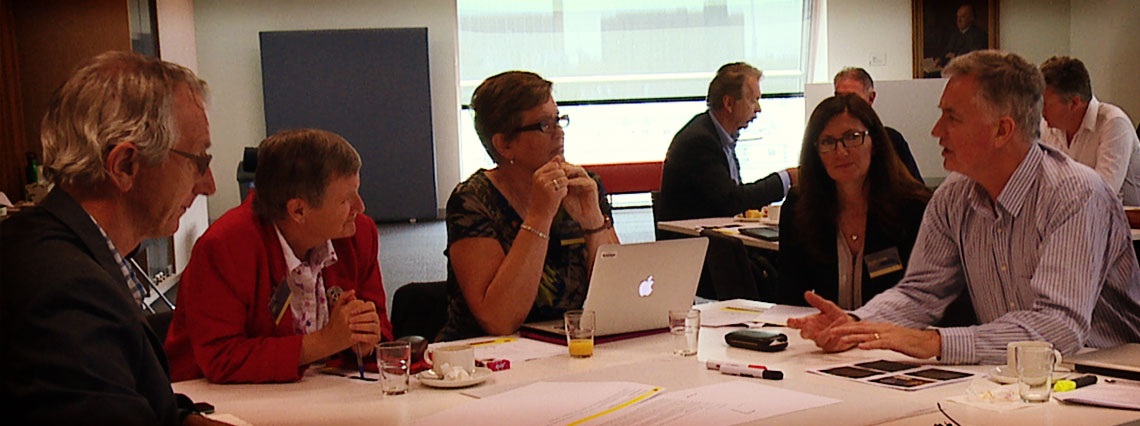
About the project
The why, when, how and who of ReMSTEP
Background
ReMSTEP was one of five projects supported by the Department of Education and Training under the Enhancing the Training of Mathematics and Science Teachers Programme.
This Programme was established in response to recommendations from Professor Ian Chubb, AC, Australia’s Chief Scientist, in his 2012 report Mathematics, Engineering and Science: in the national interest.
Professor Chubb followed up this report with the Science, Technology, Engineering and Mathematics in the National Interest: A Strategic Approach position paper in July 2013.
Why is the ReMSTEP project important?
There have been growing concerns with the shortage of trained primary and secondary science and mathematics teachers nationally in Australia. At the same time as there have been surpluses of general primary teachers in metropolitan areas, there have been persistent shortages of suitably qualified teachers in secondary school subjects such as mathematics, science, technology; Productivity Commission. (2012). Schools workforce. This issue is especially evident in rural and hard to staff schools. (Hobbs, 2012).
Enrolment of senior school students in science subjects is at present on a long-term declining trend in both absolute numbers and as a proportion of the total cohort. Mathematics participation declined from 76.6 per cent to 72.0 per cent between 2002 and 2010, and there is a continuing shift from intermediate and advanced levels of mathematics to the elementary level. Further decline in enrolments are noted for Biology, Chemistry and Physics. (Chubb, I., & Chubb, I. W., 2012)



There are similar concerns in Victoria. Recent national and international data indicate that Victorian students generally perform well in mathematics and science (PISA, 2006, TIMSS, 2007, NAPLAN 2008). However, students’ interest in science and mathematics is declining. According to the blueprint for energising science and mathematics education in Victoria, while more than 80 per cent of Victorian students are studying science and mathematics at the senior years of secondary school, many do not continue to do so at the tertiary level (Department of Education and Early Childhood Development, 2009). The Education and Training Committee for Victorian Parliament noted there are also emerging difficulties in meeting the demand for specialised mathematics and science teachers, particularly in some hard-to-staff locations (Education & Training Committee, 2006).
To address these issues, the Australian Government committed $54 million in funding over four years towards the Investing in Science and Maths for a Smarter Future initiative. This was in response to the report by Professor Ian Chubb AC, Australia’s Chief Scientist: Mathematics, Engineering and Science: in the national interest (“$54 Million Commitment to Mathematics, Engineering and Science”, 2012). By establishing collaborations between education, science and mathematics faculties, departments and schools, the program aims to increase the supply of graduates as well as increase in retention rates of existing pre-service teachers.
It is widely accepted that students’ choices in pursuing careers in science and mathematics are influenced by their school education. The initiative therefore aims to develop teachers’ capabilities in bringing contemporary scientific understanding and practice into schools, including primary and secondary year levels.
The Investing in Science and Maths for a Smarter Future initiative was the basis for the Office for Learning and Teaching (OLT) program entitled the Enhancing the Training of Mathematics and Science Teachers Programme. The goal of the program is to drive a major improvement in the quality of science and mathematics pre-service teacher education. $12.4 million has been allocated for this sole purpose. This Program consists of five major projects across Australia; including Reconceptualising Maths and Science Teacher Education Programs (ReMSTEP).
Meet the project leads
ReMSTEP was a collaborative project led by the University of Melbourne in association with Deakin, La Trobe and Monash universities.
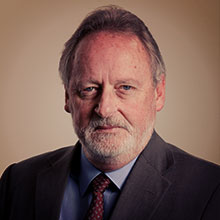
Prof Stephen Dinham
University of Melbourne
Project Director
DET representative
Chief Investigators

Dr Jim Tangas
Department of Education and Training

Prof David Clarke
University of Melbourne
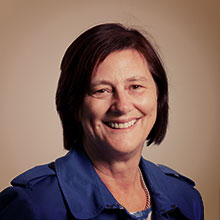
Prof Deborah Corrigan
Monash University
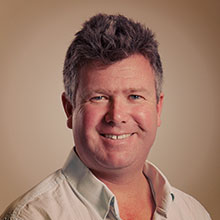
Dr David Hoxley
La Trobe University

Assoc Prof Michele Livett
University of Melbourne
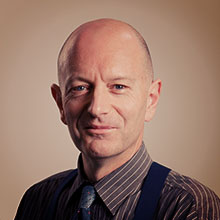
Assoc Prof Stuart Palmer
Deakin University
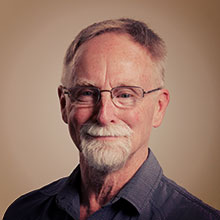
Prof Vaughan Prain
La Trobe University
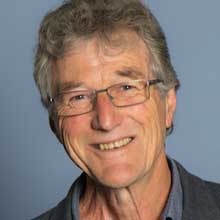
Prof Russell Tytler
Deakin University
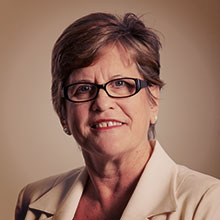
Prof Cristina Varsavsky
Monash University
Project support
The project was supported by a Project Manager, Educational Designer and Web Designer – located at the University of Melbourne, along with a Project Officer at each partner university. A videographer was also available to project.
How is ReMSTEP contributing to the solution?
ReMSTEPs project activities were centred around developing new teacher education practices that align contemporary approaches to Science, Technology, Engineering and Mathematics (STEM) with engaging teaching and learning.
Core to ReMSTEP initiatives was the introduction of new science and maths course electives and / or student learning pathways. Equally important was the building of collaborative relationships across faculties, universities and specialist science and maths centres.
These partnerships will drive major improvements in the quality of mathematics and science learning and teaching by creating programs where undergraduate STEM students and pre-service teachers work collaboratively across faculties and specialist centres to create new materials, units of study and expertise in inquiry-based classroom practices.
Success through seven innovations
Seven innovations were identified to focus the project’s activities over the three-year period of the initiative:
- Innovation 1: Contemporary science and mathematics integrated in initial teacher education (ITE) units of study.
- Innovation 2: Undergraduate maths and science students engaging with schools.
- Innovation 3: Maths and Science teaching specialisations within ITE primary programs.
- Innovation 4: Specialist science and technology centre collaborations.
- Innovation 5: Opportunities for students to interact with scientists in world-class research environments.
- Innovation 6: Building on existing ITE candidate expertise in mathematics and science.
- Innovation 7: Building a recruitment pipeline of high potential maths and science teachers.
Learn more
To learn more about the ReMSTEP project activities and outcomes explore the outcomes section.
Footnotes:
Sign up to our mailing list to stay informed
